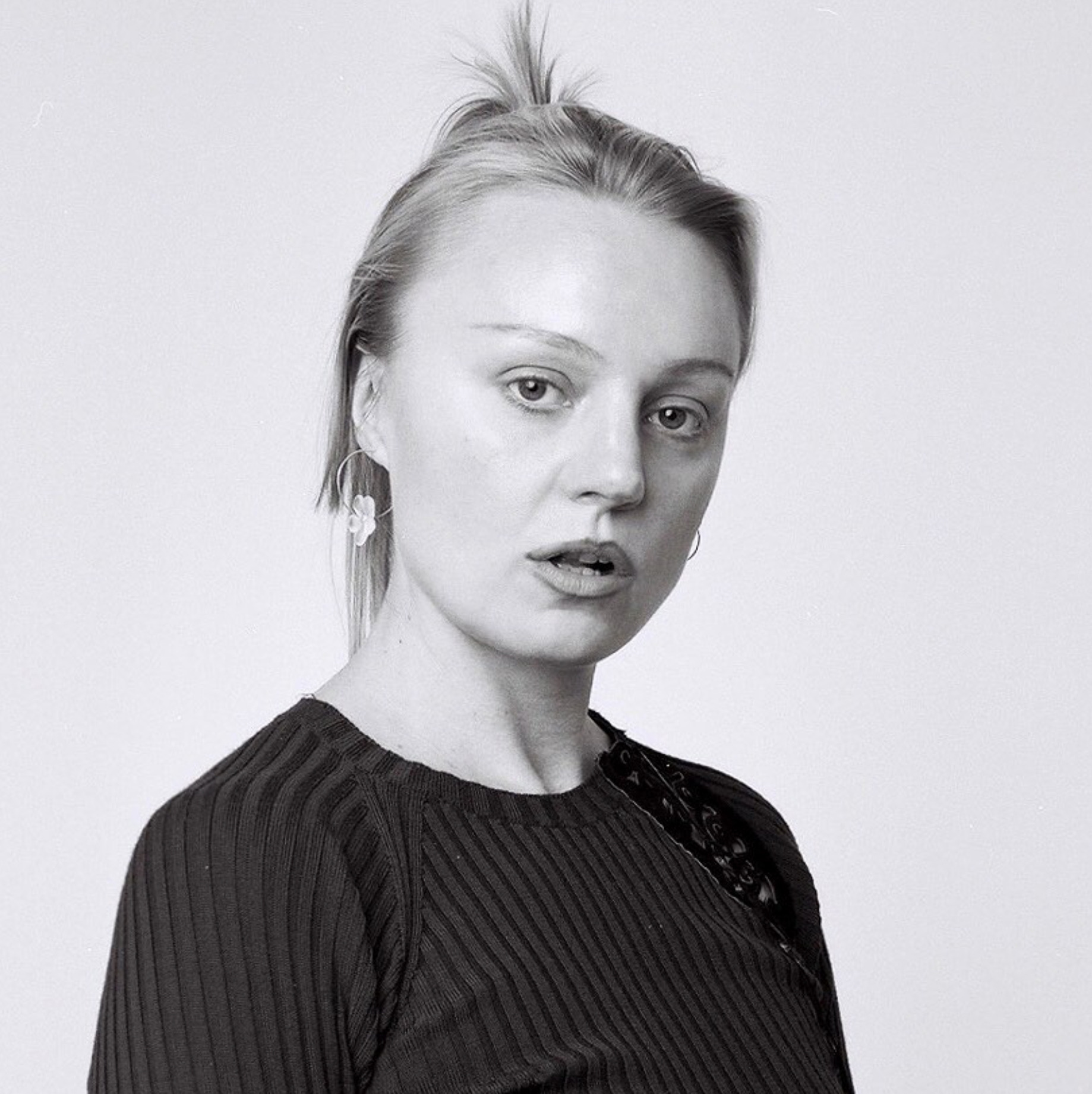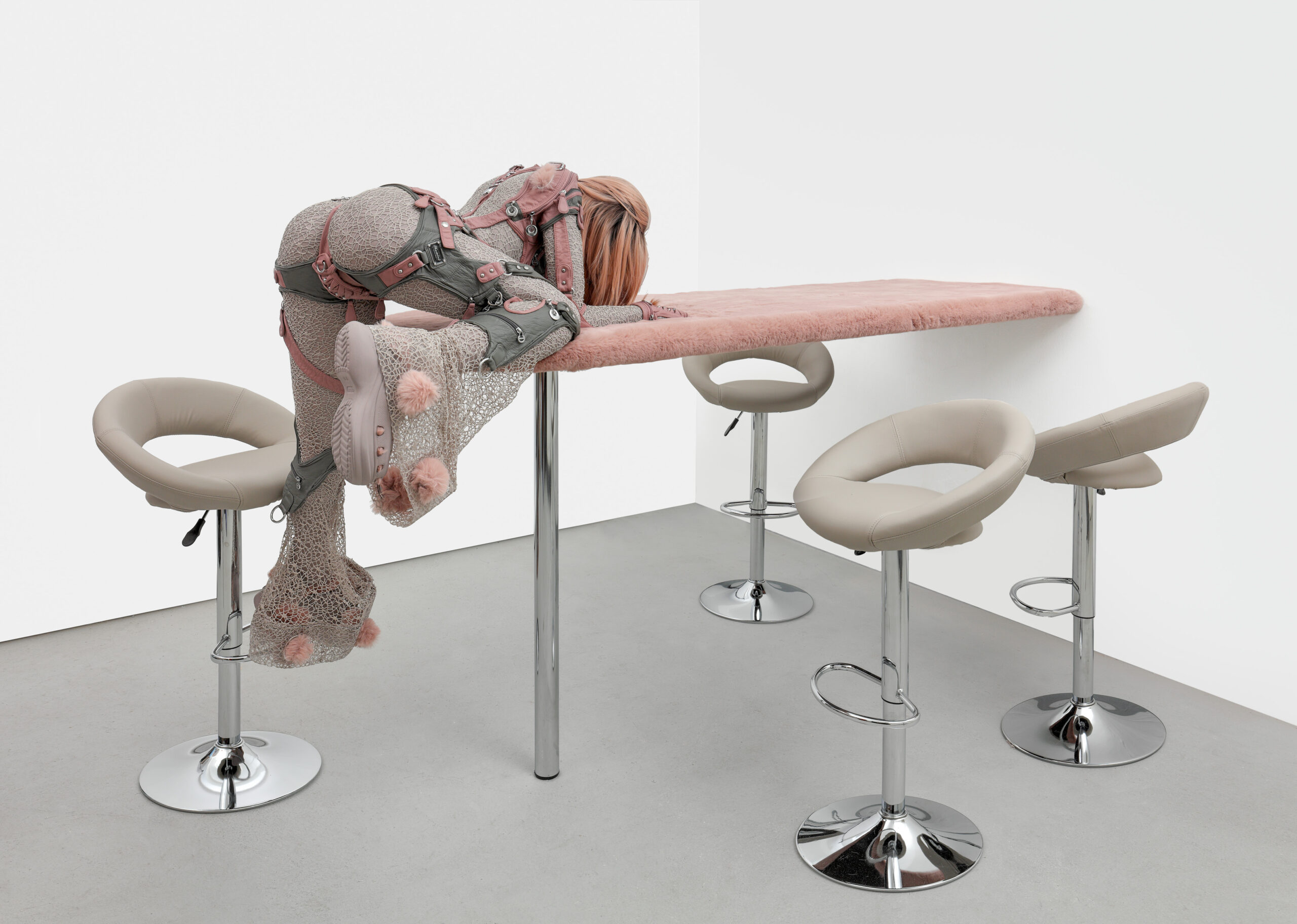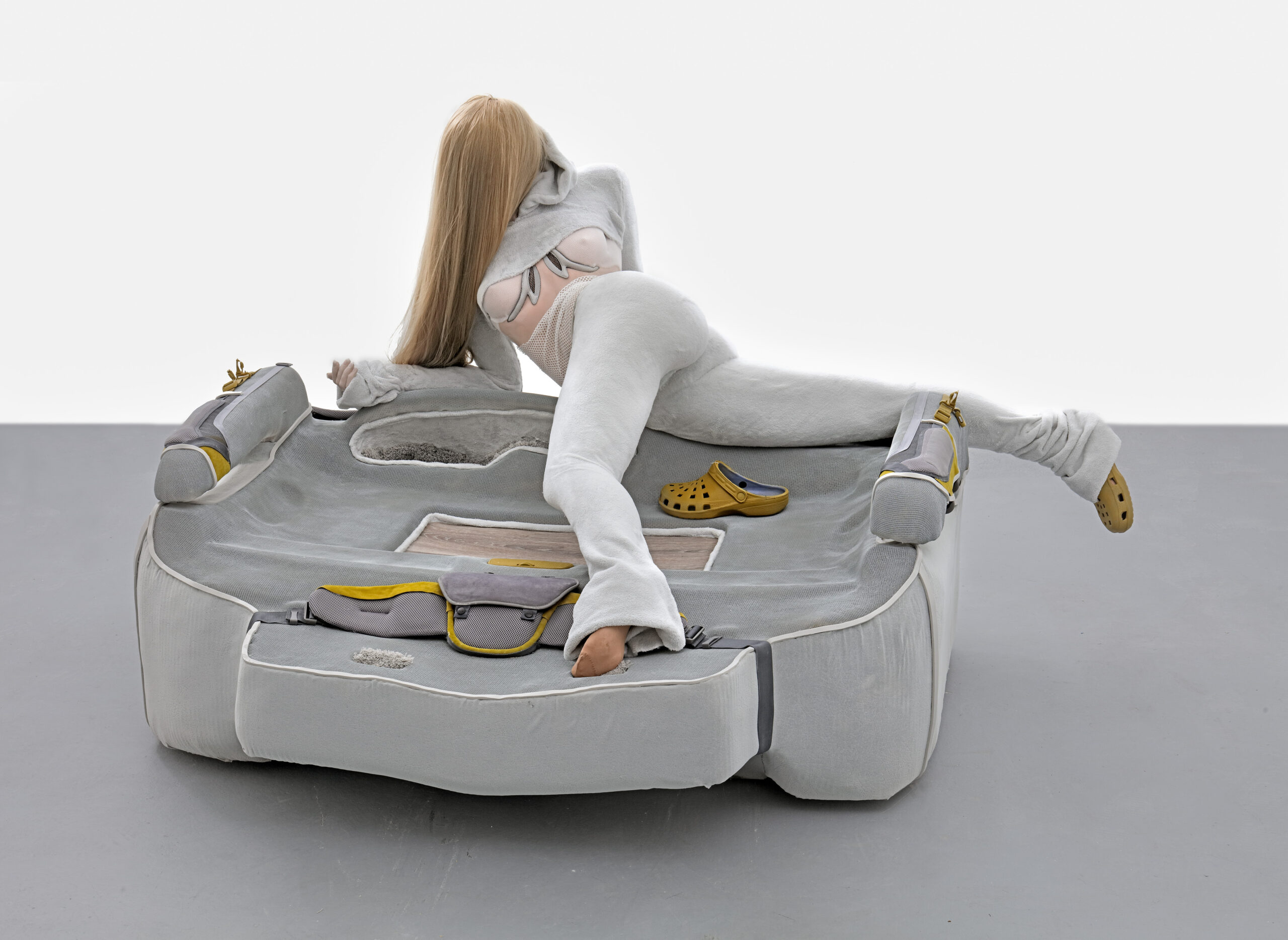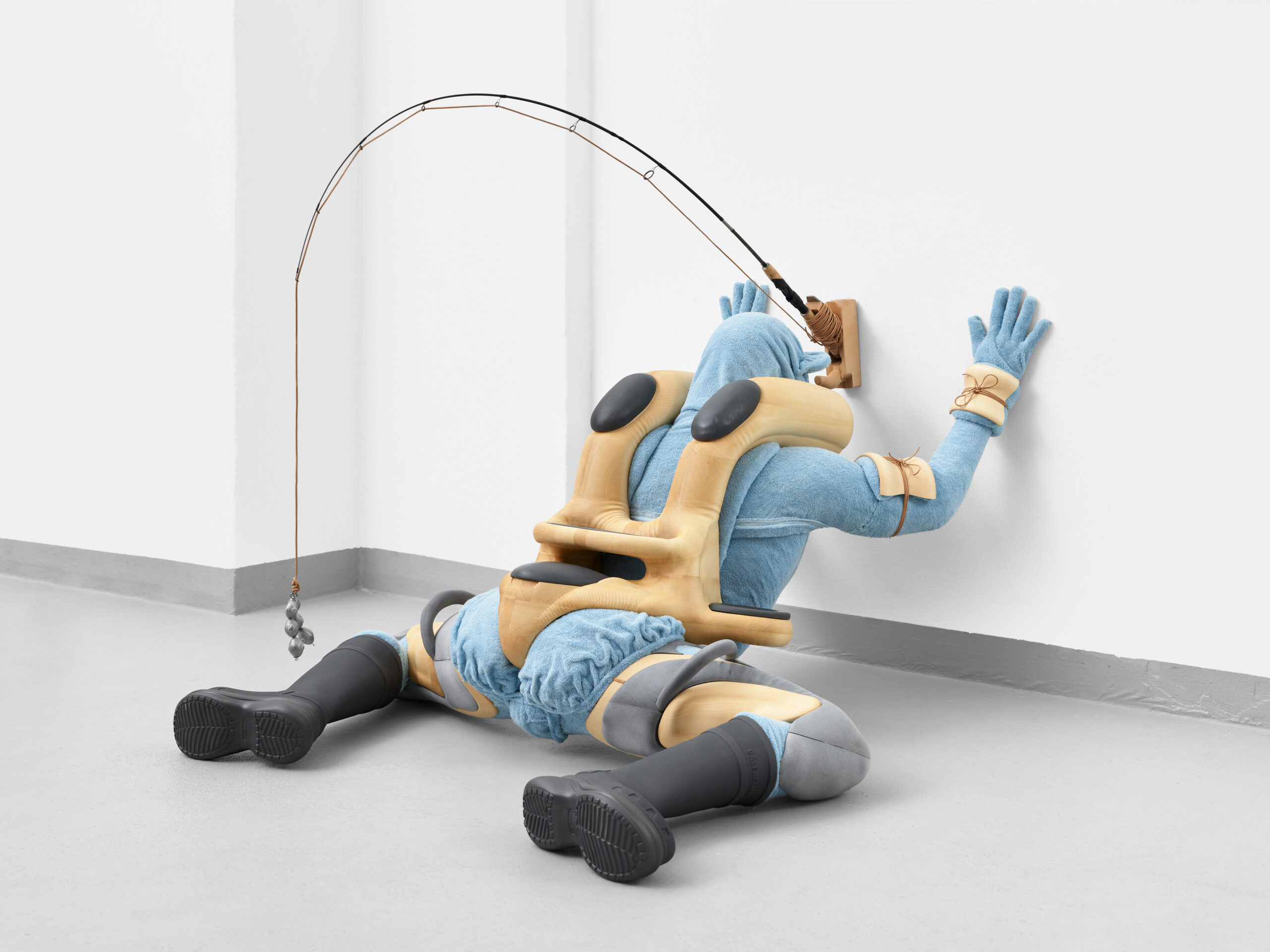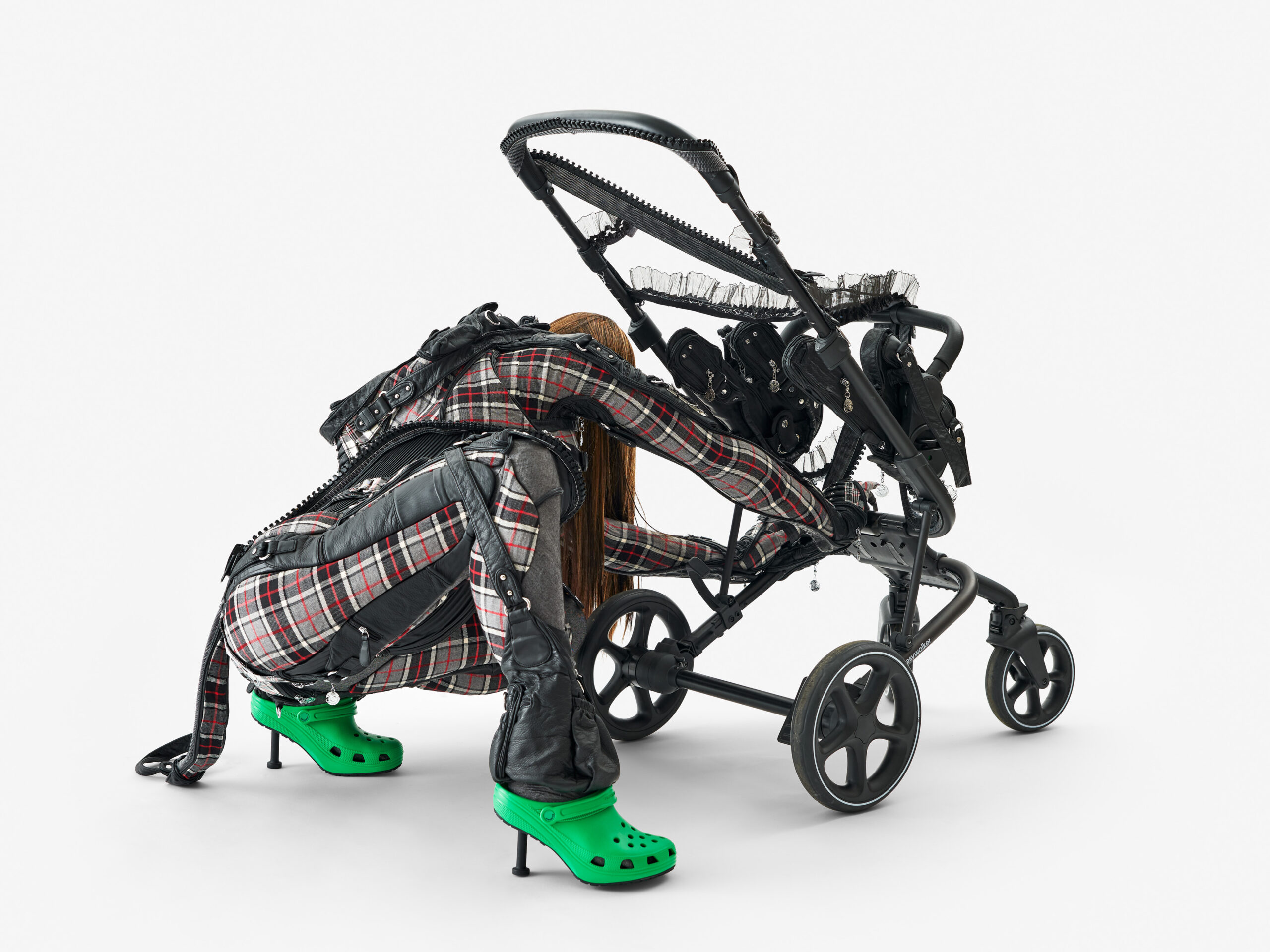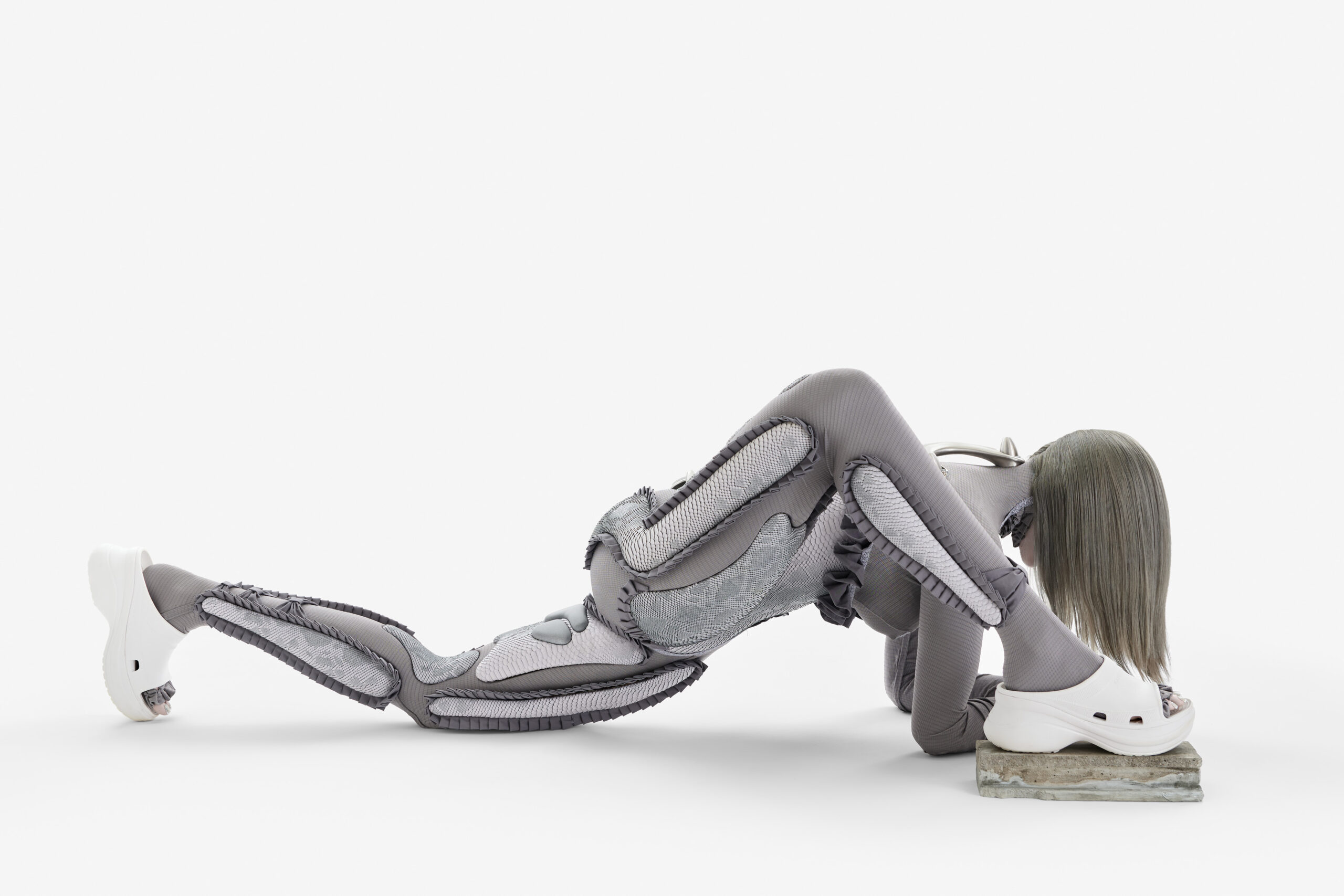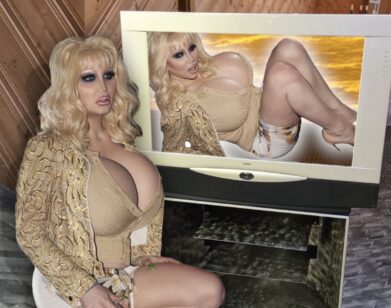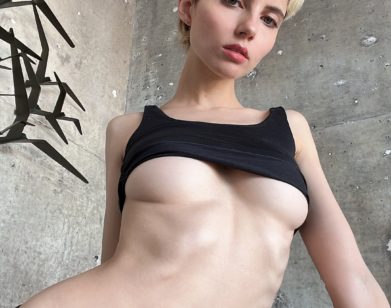STUDIO VISIT
Anna Uddenberg on Kinks, Consumerism, and Home Wreckers
The sickly sweet taste of artificial grape flavoring. The cold, inhospitable interiors of the Kardashians’ houses. The squeaky plastic surface of a pleather purse. Like each of these uncanny imitations of reality, Anna Uddenberg’s art offers up a sexualized artifice that’s both tantalizing and repulsive. Her work, which involves sculpture, performance, and video, keeps going viral.
Uddenberg is having a moment, with two solo shows this month: Home Wreckers, at Perimeter Gallery in London, and Premium Economy, at Kunsthalle Mannheim in Germany. When I showed up to the opening of the show at Perimeter, the line snaked down the block, and I felt the pain of the harried woman working the door as I tried to convince her that I was, in fact, on the guest list. The show inside was well worth any trouble. Afterwards, I called up Uddenberg to discuss BDSM, consumerism, and the all-powerful algorithm.
———
LIARA ROUX: I like that your work weaves in kink in these really fun and playful ways that somehow does have this really intense gravity to it, too. But as you peel it back, there’s also this layer of consumerism. And I wondered how you thought about sexuality and consumerism and how they fit together in your work.
ANNA UDDENBERG: I always thought of it as, “What are social contracts?” Really, just an outspoken agreement that is normally unspoken. I’ve been interested in that dynamic for a while. Also, I think there’s something liberating in the idea of pushing these questions to the forefront and articulating it by sort of breaking certain rules. But I was also never really interested in the sort of aesthetics that you might associate with BDSM–latex, black and red, and all these color schemes. So I wanted to pull it more into the direction of this consumer-friendly palette of beige, soft and cozy textures. These themes that have been going in and out of each other for years in my practice.
ROUX: There was something you said about making kink more palatable. I think the colors and the materials of kink, they create this sort of discomfort and very obvious edginess. So it’s interesting that you’re using these colors that are more associated with home furnishings or common consumer goods. It makes me think about the piece that was on the wall with the woman who was sort of contorted into this very uncomfortable looking shape, but it was all soft and very pretty. What does that bring up for you?
UDDENBERG: I think it’s embedded in the idea that everything that’s consumable has a certain level of cuteness, but also sex. And what I’m going for is to sort to see where [the link] is, because it’s hyper-sexualized while also being sort of infantilized in consumer culture. How grownups are becoming cuter and cuter, and there’s also these levels of harsh language with words. This is changing all the time, but I’m just curious to see if all these components put together become a mutant of their own references, in a way.
ROUX: It’s like you’ve given birth to these. I can almost imagine one of the women crawling out of a handbag or something and being like, “I’m here.” It’s funny, because I feel like people in the gallery were confronted with these beautiful but disturbing women. They’re the desires that they had been sold.
UDDENBERG: The idea of femininity is sort of serving some sort of male gaze in a way, but then if it’s sort of overperformed, it becomes a misunderstanding of whatever it tried to do in its first place. And there’s some absurdity in that that I find interesting.
ROUX: Grotesque, somehow.
UDDENBERG: Yeah. Although I think I wouldn’t deliberately go straight to the grotesque. I think it feels kind of obvious. Then you’re in the dungeon again, or you have this clear distance between the viewer and the work. I’m trying to speak to what we think of as normal still, or sort of hyper-normal.
ROUX: That makes sense. How do you strike that balance?
UDDENBERG: I don’t know if I am, actually.
ROUX: I think you do. I think that’s why the work is successful.
UDDENBERG: I think it’s really about just understanding. Because for me, I would be pretty practical and pragmatic about my working process. It would boil down to a few relatively simple components. I’m trying to stay quite focused on each individual work. I mean, for the figurative works, it has a lot to do with tensions in the body and understanding how certain body masses are behaving in certain different positions and so forth. It’s about a certain tension and this relation to the material.
ROUX: It’s that sort of uncanny moment where you see a mannequin out of the corner of your eye and you think it’s a person. Maybe uncanny is a better word than grotesque for your work. Has your work ever been censored on Instagram or any of these platforms?
UDDENBERG: Because it doesn’t have any nudity, it can go pretty far. As far as I know, I don’t think it’s been censored. But I do think censorship mostly is about nudity, actually. Which is crazy, because sometimes sexuality can be much more charged when it’s covered in materials. A nude body doesn’t necessarily have to be about sex.
ROUX: My friend who’s a dominatrix, she’s had a lot of content taken down that doesn’t necessarily have nudity in it, so that’s why I was interested. She’s always figuring out how to keep it within a certain bound of being palatable enough for Instagram so that they won’t take it down, but being sexually provocative enough that it does well with the algorithm.
UDDENBERG: I think it’s interesting how we respond to the algorithm that way, and how sexualities are formed accordingly. We’re responding to the restrictions. I think my work is very much playing into these responses of some algorithmic behaviors or feedback loops.
ROUX: Have you ever shaped your content specifically for the algorithm, or do you think it’s more that the algorithm has been responding to your work?
UDDENBERG: I think I responded to the feed. This stream of images has been a source of interest for quite some time. The figurative works are very much drawn from fragments from the feed. What’s interesting now is that, with the performances, it’s reintroduced back into some sort of viral moment, so the circle is closed. I’m also curious to see where that will bring the work further, or whether it might live.
ROUX: What do you think about it is about the work that makes it so consumable?
UDDENBERG: From the very early stages of when I started making performance pieces, and then maybe also the very first figurative works, they were also inspired by reality TV, this performed genuineness, and the urge to look for something authentic in a very obviously artificial environment. And one of my first figurative sculptures was titled “Jealous Jasmine.” And she came straight out of this reality TV show called Cheaters. And so I think this idea about this stream of dependency and codependency, but also addiction and this drive, has been this recurring theme in my work.
ROUX: What you were saying about this artificiality reminds me of the work that airline hostesses have to do. What do you think of these jobs where people are forced to perform in this way?
UDDENBERG: Before I started art school, when I was a teenager, I needed a job. I always admired people who could do these service professions. When you start seeing that it’s not effortless, and you start seeing the work behind it, it becomes unpleasant, actually. It becomes a bit painful. It’s just uncomfortable. I can always identify with that, somehow.
ROUX: What is your relationship with the home? So many of these reality TV shows take place in these very artificial feeling homes. It feels unreal. Like a porn home, too. It’s a simulacrum.
UDDENBERG: Mm-hmm. Exactly. When working together with Alex on the Perimeter show [called] Home Wreckers, he was proposing the idea of pairing femininity with a domestic environment. And I said, “Well, we could do that as long as the home really feels like this sort of artificial bubble. So that it doesn’t risk becoming what you might think of as traditional, like the female stays at home.”
ROUX: And too cozy.
UDDENBERG: Our source of inspiration was another reality TV show called The Angry Carpenter. He would save a family who’s been renovating the house forever, but they don’t have any money left [and] there’s still tons of things to do. He rips out the walls and looks at what’s behind, and he’s like, “Oh, this is shit.” You would see all this sort of crap, like how the houses are built on layers of veneer, styrofoam, insulation foam, all this stuff that altogether looks like this perfect simulacra of a home. The materiality of that is something that I’m trying to introduce into my work as well.
ROUX: Yeah, it’s like how we’re all microplastics now. Our DNA is being replaced with microplastics. Our boobs are plastic. Lips are plastic.
UDDENBERG: And it’s all an investment, in a way. I’m interested in things that are quite expensive, but they look really cheap.
ROUX: Do you think the algorithm is going to continue to shape your work?
UDDENBERG: I mean, to a certain extent. It’s hard to tell. The majority of the reactions that I saw in the comments were really like, “Whoa, this is so weird.” People were really grossed out or they were just outraged, “What is this shit?” I think it’s interesting to see how, when you combine a lot of elements that you might think are so normal in a regular feed, suddenly it’s just not because they’ve been reconfigured.
ROUX: They’re mad because they can’t parse it.
UDDENBERG: It becomes just too weird. And I’m curious, why is it so weird? It’s just exactly what we’re used to. But then of course, it has been sort of torn apart and put together again.
ROUX: Sort of like AI.
UDDENBERG: Although I guess what’s lacking with AI is intention. It doesn’t really have the depth where you can start understanding the artist’s intentions.
ROUX: It’s more about the uncanny element. How do you feel about AI in general? I’m sure they’ve trained it on your images, too. What does that feel like for you?
UDDENBERG: I’m just not super worried about it. But I’m sure I probably should be. I don’t know, I think it’s another tool.

